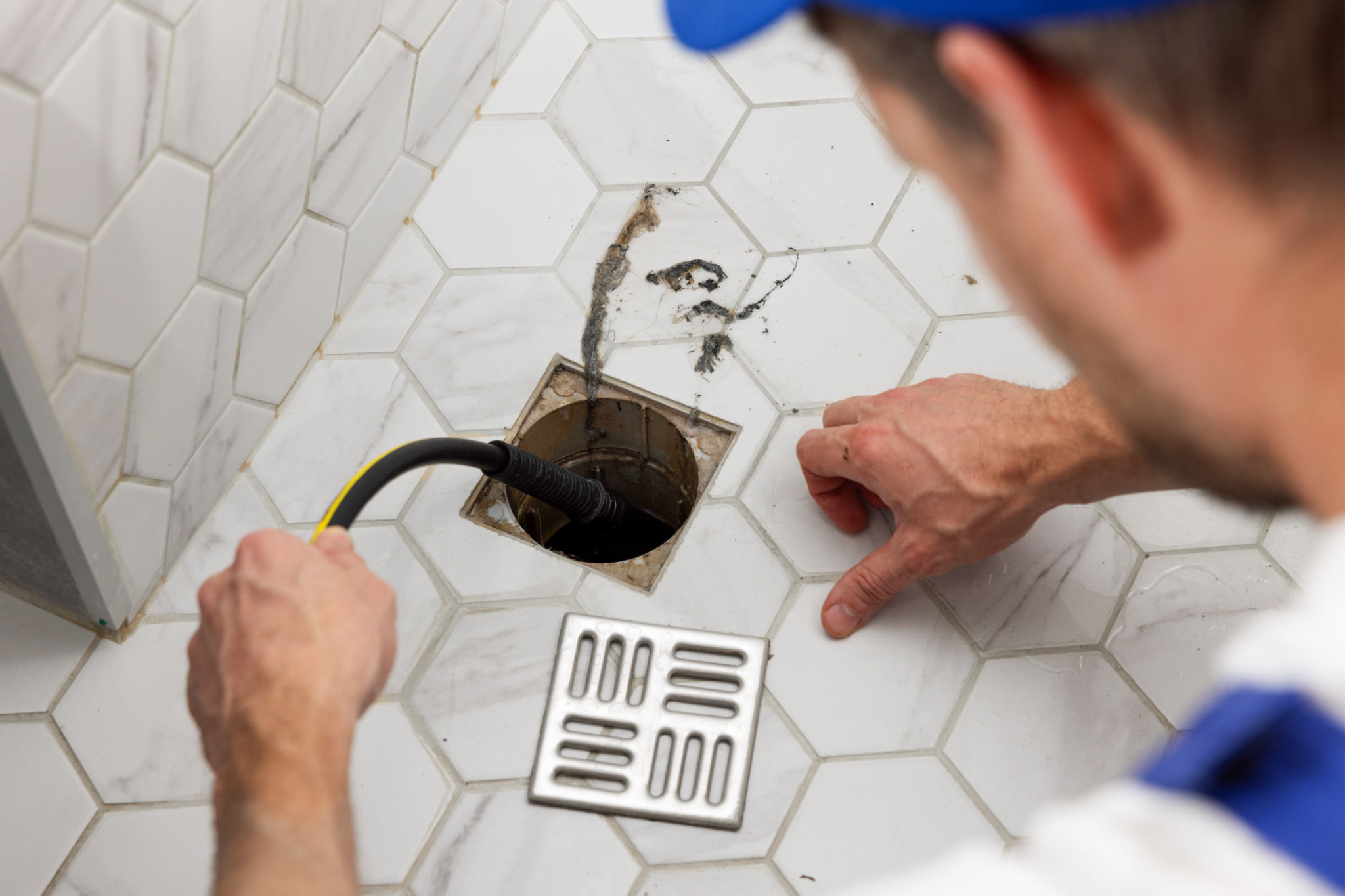DIY Drain Cleaning: What You Can Do Before Calling a Professional
Understanding the Basics of Drain Clogs
Drains can become clogged for a variety of reasons, including the accumulation of hair, grease, soap scum, and food particles. Understanding the cause of your clog is the first step in effectively addressing the issue. It's essential to regularly maintain your drains to prevent these common culprits from causing a full blockage.
Before you call in a professional, there are several do-it-yourself methods you can try to tackle the problem. These methods are not only cost-effective but often quite simple to perform, requiring only household items you likely already own.

Using a Plunger Effectively
One of the simplest tools at your disposal is a plunger. However, it's important to use it correctly to achieve the best results. Ensure that there's enough water in the sink or tub to cover the bottom of the plunger. This will create the necessary suction to dislodge the clog.
Place the plunger over the drain and push down firmly, then pull up sharply. Repeat this process several times. If you're dealing with a double sink, be sure to block one of the drains with a wet rag to maintain pressure. This technique can often clear minor clogs without further intervention.
Utilizing Baking Soda and Vinegar
A natural and eco-friendly solution for minor clogs can be found in your kitchen pantry. Start by pouring a pot of boiling water down the drain. Next, add half a cup of baking soda and let it sit for a few minutes. Follow this by pouring a mixture of one cup vinegar and one cup very hot water down the drain.
Cover the drain with a plug or cloth to keep the reaction contained. Let it sit for 10-15 minutes before flushing the drain with more boiling water. This method can help break down grease and grime, restoring flow to your pipes.

Employing a Drain Snake
If simple methods don't work, you might need to use a drain snake or auger. This tool can reach further into the pipes and physically remove obstructions. Insert the snake into the drain and turn the handle to push it deeper, allowing it to hook onto or break up clogs.
Once you feel resistance, carefully retract the snake, pulling out any debris that's blocking your pipes. This method is particularly useful for stubborn clogs that are not responsive to chemical or plunger methods.
Preventative Measures to Keep Your Drains Clear
To avoid future clogs, consider implementing some preventative strategies. Use drain strainers in sinks and tubs to catch hair and food particles before they enter your pipes. Regularly clean these strainers to maintain optimal flow.

Additionally, avoid pouring grease or coffee grounds down your kitchen sink, as these can build up inside pipes and lead to blockages. By taking these proactive steps, you can minimize the likelihood of needing drastic measures or professional intervention.
When to Call a Professional
If you've tried all these methods and still find yourself dealing with a stubborn clog, it may be time to call in a professional plumber. Persistent issues might indicate a more serious problem within your plumbing system that requires expert diagnosis and repair.
Professionals have access to advanced tools and technology that can quickly identify and resolve issues beyond what DIY methods can achieve. Don't hesitate to seek professional help if you're unable to resolve the issue on your own.
